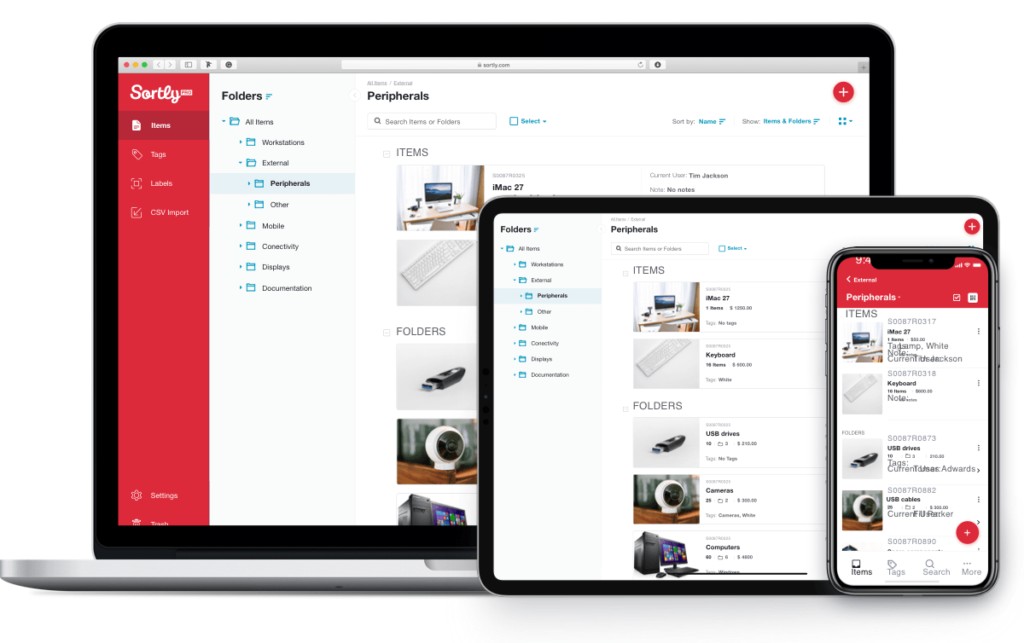Running an auto repair shop is a demanding business. To ensure profitability and smooth operations, efficiency is paramount. Wasted time searching for misplaced parts, tools, or equipment directly impacts your bottom line. Imagine the collective hours lost each week when mechanics are sidetracked from actual repairs to hunt for missing items. This lost time translates to reduced productivity and decreased customer satisfaction. Fortunately, implementing effective organizational strategies can significantly streamline your shop’s workflow, allowing your team to focus on what they do best: repairing vehicles and keeping customers happy.
This guide provides actionable steps and mechanic shop organization ideas to transform your workspace. By implementing these best practices, you can create a more efficient and productive environment, ultimately boosting your shop’s profitability and reducing unnecessary stress for your team.
Step 1: Conduct a Comprehensive Inventory Audit
The foundation of any well-organized auto repair shop begins with a clear understanding of your current inventory and assets. Before implementing any new systems, it’s crucial to take stock of everything you have. This initial inventory audit is not just about counting items; it’s about gaining control and creating a baseline for future organization.
Start by dedicating time to thoroughly examine your shop. Clear out shelves, cabinets, and storage areas. As you do, meticulously list every item on hand. This comprehensive inventory list should include everything from essential tools and spare parts to specialized equipment and consumables. Consider using a pen and paper, a digital spreadsheet, or a dedicated inventory management app. While apps offer advanced features like tracking and reporting, the most important step is simply documenting your current inventory using a method that suits your immediate needs. You can always upgrade to more sophisticated systems later.
If the prospect of inventorying your entire shop feels overwhelming, apply the Pareto Principle, also known as the 80/20 rule. Focus on identifying the 20% of your inventory items that are most frequently used or contribute to 80% of your revenue. Prioritize cataloging these high-impact items first, and then gradually expand your inventory list to include less frequently used items as time permits. This strategic approach breaks down a large task into manageable segments, making the initial organization process less daunting.
 Mechanic using a tablet to manage inventory in a repair shop
Mechanic using a tablet to manage inventory in a repair shop
Step 2: Optimize Physical Layout and Storage
Once you have a detailed inventory list, the next crucial step is to rethink and optimize the physical organization of your auto body shop. This is an opportune moment to analyze your team’s workflow and identify areas for improvement in terms of physical space and item placement. Effective physical organization minimizes wasted movement and ensures that tools and parts are readily accessible when needed.
Consider how your mechanics typically move around the shop and which items are accessed most frequently. This analysis will inform your decisions about inventory placement and storage solutions.
Strategic Inventory Placement
Every unnecessary step a mechanic takes to retrieve a tool or part is lost time and reduced efficiency. Strategically positioning your inventory can significantly minimize these time-wasting trips to tool cribs, storage closets, or back rooms. The goal is to keep frequently used items readily available on the shop floor while efficiently storing less frequently needed items.
Your shop floor should primarily house the essential tools, hydraulic lifts, and equipment required for daily vehicle servicing. Items that are not needed regularly, such as specialized parts for uncommon vehicle models or large quantities of запасные parts, are better stored away from the immediate work area. Engage your mechanics in this planning process. Their firsthand experience will provide valuable insights into what tools and parts need to be within arm’s reach, what can be stored on shelves, and what could potentially be stored off-site if space is a premium. This collaborative approach ensures that the organizational system aligns with the practical needs of your team.
Mobile Tool and Parts Carts
One of the most effective mechanic shop organization ideas is to introduce mobility to your storage solutions. Instead of having mechanics constantly walking back and forth across the shop floor to gather tools and parts, equip them with mobile tool and parts carts. These carts can be easily rolled directly to the vehicle being serviced, bringing all necessary items to the point of work.
You can purchase pre-built mobile tool drawers, cabinets, or even small tool cribs on wheels. Alternatively, you can retrofit existing stationary storage units by adding casters. Investing in mobile storage solutions significantly reduces wasted movement, keeps tools and parts organized at the workstation, and boosts overall efficiency.
Vertical and High-Density Storage Solutions
Maximizing floor space is essential in a busy auto repair shop to ensure safe and efficient movement for technicians and staff. Vertical storage and high-density storage systems are ideal for optimizing space utilization, particularly for less frequently accessed parts and tools.
Vertical shelving units allow you to take advantage of the height of your shop, effectively expanding your storage capacity without increasing your floor footprint. High-density storage solutions, such as shelving systems mounted on tracks, further enhance space savings by minimizing aisle space. These systems essentially compress storage units together, opening aisles only when needed. By implementing vertical and high-density storage, you can free up valuable floor space, reduce clutter, and improve shop safety.
Implement Security Measures for Valuable Items
Auto repair shops are dynamic environments with tools, parts, and equipment constantly changing hands. While this is inherent to the industry, it also presents opportunities for inventory shrinkage. If you’ve noticed unaccountable losses of valuable inventory, implementing security measures is crucial.
Consider installing surveillance cameras to monitor key areas of your shop, particularly storage areas and tool cribs. Locking tool cribs and cabinets, especially for high-value tools and parts, adds an extra layer of security. Implementing a system for tracking tool and part assignments can also help deter theft and improve accountability. Taking proactive steps to secure your valuable inventory protects your assets and contributes to a more responsible and organized shop environment.
Step 3: Establish a Sustainable Inventory Management System
Creating an inventory list and physically organizing your shop are initial steps. To maintain long-term organization and efficiency, you need to establish a sustainable inventory management system. This system should be an ongoing process integrated into your daily operations, not a one-time project.
Think about the entire lifecycle of your inventory within your shop. Consider these key questions: How does new inventory arrive? How are parts and supplies consumed or used in repairs? What is the process for handling sold, repaired, or discarded assets? Who will be responsible for regular inventory checks, and how frequently will these checks be conducted? Will you rely on manual physical counts, or implement a perpetual inventory system that continuously tracks inventory levels?
Once you have addressed these questions, document your standard operating procedures (SOPs) for inventory management. Clearly communicate these SOPs to your entire team through training sessions and easily accessible written guidelines. Regularly reinforce these procedures and provide retraining as needed. Invest in appropriate tools, such as inventory management software or barcode scanners, to streamline inventory processes and improve accuracy. Remember that effective inventory management software, like Sortly, can be accessed via readily available devices like computers, smartphones, and tablets, minimizing the need for specialized equipment.
Step 4: Regularly Review and Adapt Your System
No inventory management system is perfect from the outset, especially in the dynamic environment of an auto repair shop. Organizational systems require ongoing review and adaptation to remain effective. Over time, you will gain valuable insights into what works well and what needs refinement within your specific shop. Don’t hesitate to make adjustments, both small and large, to optimize your system.
For example, you might initially rely on a spreadsheet for inventory tracking. As your shop grows or your inventory management needs become more complex, you might realize that a visual, app-based system provides better clarity and efficiency. Similarly, you might initially hesitate to implement barcode or QR code scanning, but later recognize the time-saving benefits of these automation features.
Treat audits, discrepancies, and inefficiencies as valuable feedback. These instances highlight areas where your organizational system can be improved. Continuously evaluate what is not working optimally and be open to trying new approaches. Over time, through consistent review and adaptation, you will develop a unique and highly effective organizational system perfectly tailored to the specific needs of your auto repair shop and team.
Conclusion
Organizing your auto repair shop is an investment that yields significant returns in efficiency, profitability, and reduced operational stress. By implementing these steps – conducting a thorough inventory audit, optimizing physical layout, establishing a sustainable inventory system, and continuously adapting your approach – you empower your team to work more effectively, minimize wasted time, and ultimately enhance your bottom line. A well-organized shop not only benefits your business financially but also creates a more positive and productive work environment for your mechanics and staff.

